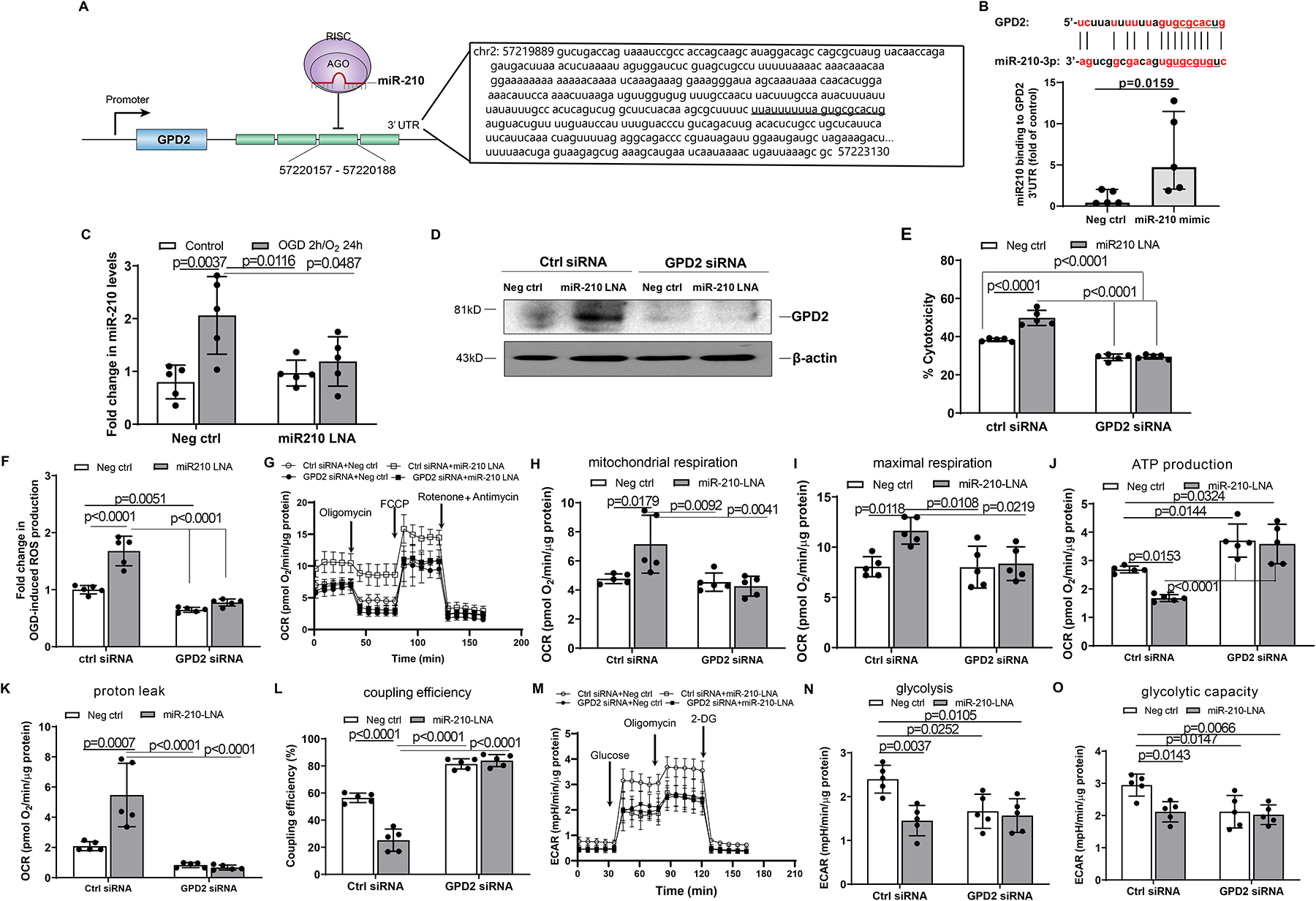Figure 6. MiR-210 targeting GPD2 inhibits mitochondrial bioenergetics in modulating cardiomyocyte hypoxic injury.

Sequence of GPD2 3’UTR with miR-210 targeting sites and a schematic depiction of miR-210 silencing the GPD2 mRNA translation are shown in panel A. The binding of miR-210 to GPD2 3’UTR was assessed by RISC-IP assay in mouse neonatal cardiomyocytes (B). Mouse neonatal cardiomyocytes were treated with 50 nM miR-210-LNA or scramble LNA (Neg. Ctrl) for 24 h, followed by subjecting to 2 h OGD and 24 h reoxygenation. Control cells were cultured in the normoxic condition for the same durations. The levels of miR-210 were measured 24 h after reoxygenation (C). Mouse neonatal cardiomyocytes were treated with 100 nM GPD2 siRNA and 50 nM miR-210-LNA or scramble LNA (Neg. Ctrl) for 24 h, and then were subjected to OGD followed by reoxygenation (D-O). GPD2 protein abundance was determined with Western blots (D). Cell injury was measured with LDH release assay (E). Mitochondria-derived ROS was analyzed with MitoSOX Red (F). Mitochondrial oxygen consumption rate (OCR) (G-L) and extracellular acidification rate (ECAR) (M-O) were analyzed by Seahorse XFe24 Analyzer. Data are median and IQRs with Mann-Whitney U test (B), or means ± SD and analyzed by two-way ANOVA followed by Tukey’s test (C, E-O), with n=5 independent cultures per group. P values are shown in the Figure.
